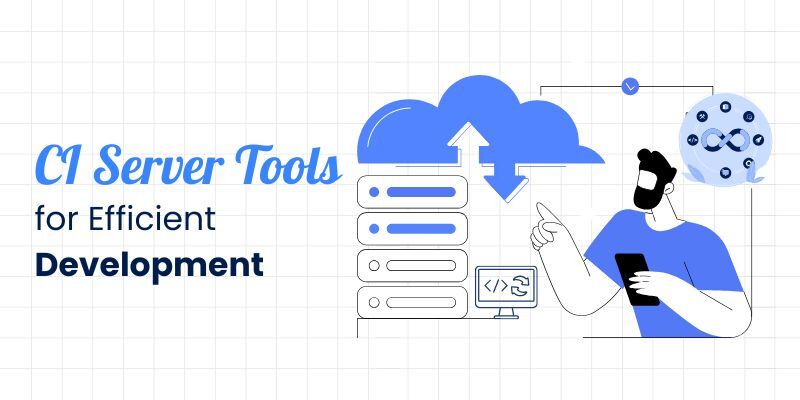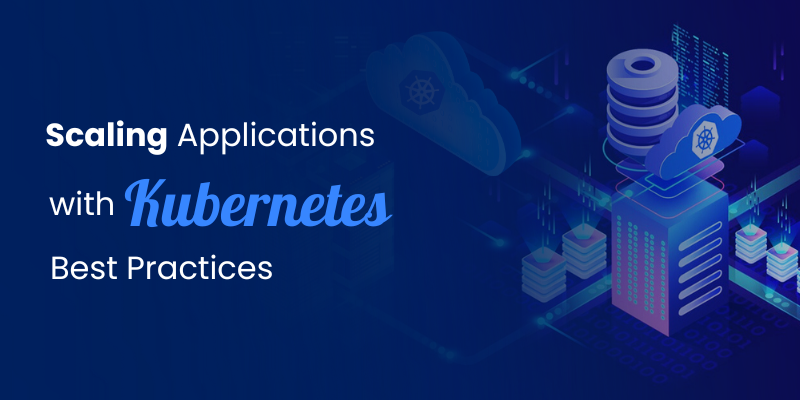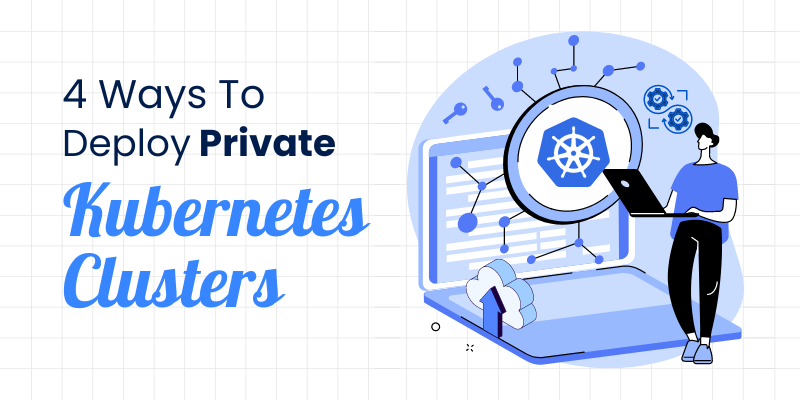
Imagine building a high-speed railway system—trains zipping across tracks, delivering goods and passengers in record time. Now, picture this system without traffic signals, maintenance checks, or station schedules. Chaos, right? That’s exactly what happens when real-time data flows without proper governance.
In our latest Code & Deploy podcast, we sat down with our experts, Deepak and Ramneek from OpsTree Solutions to explore the world of data streaming. While tools like Kafka and Flink power real-time data processing, one of the most crucial yet overlooked aspects is data governance. Without it, even the most advanced streaming platform can become an unreliable, inconsistent, and insecure mess.
Why Does Data Governance Matter?
At its core, data governance ensures that data remains accurate, secure, and consistent across an organization. In a traditional batch-processing world, this was easier to manage-data arrived in structured formats at scheduled intervals. But in the fast-paced world of real-time streaming, data flows continuously across multiple sources, in multiple formats, and at an unpredictable scale.
As Deepak our speaker put it:
“Without governance, you’re just throwing data into a black hole. It becomes a mess that no one can trust.”
The Key Pillars of Data Governance in Streaming
- Schema Management: Keeping Data Structured & Consistent
When working with Kafka, ensuring producers (data sources) and consumers (applications) are aligned is crucial. Tools like Apache Avro and Confluent Schema Registry help enforce schemas, preventing broken pipelines.
- Data Quality & Monitoring: Ensuring Reliability
Poor-quality data leads to faulty insights and business risks. Monitoring tools like Apache Flink’s State API or Prometheus & Grafana dashboards track anomalies, duplicate events, and drop rates—just like quality control in a factory.
- Security & Access Control: Protecting Sensitive Data
Not all data should be accessible to everyone. Role-based access control (RBAC), Kafka’s TLS & ACL configurations, and encryption ensure compliance with GDPR, CCPA, and other regulations.
- Stream Governance & Lineage: Knowing Where Data Comes From
Data lineage tracking with Apache Atlas or DataHub gives businesses full visibility into their data pipelines—crucial for debugging and compliance.
Governance in Action: A Real-World Example
Imagine an e-commerce platform processing millions of real-time transactions daily. They use Kafka for order ingestion and Flink for real-time analytics, powering fraud detection, demand forecasting, and logistics optimization.
Without governance:
- A schema update breaks downstream services.
- Fraud detection fails due to missing fields.
- Customer data leaks due to poor access control.
With governance:
- Schema updates are validated before deployment.
- Data quality checks prevent faulty business decisions.
- Access is restricted, ensuring compliance and security.
This is why governance isn’t just a best practice, it’s a necessity.
Balancing Governance with Performance
One of the biggest concerns around governance is that it might slow down data processing. But good governance doesn’t add bottlenecks, it makes data usable, scalable, and secure.
Deepak’s advice?
“Start small. Define governance policies early on and automate as much as possible.”
Here are a few ways to implement governance without sacrificing performance:
- Automate schema enforcement with Schema Registry.
- Use event-driven security policies for seamless compliance.
- Implement real-time monitoring dashboards to detect issues early.
The Future of Data Governance in Streaming
With AI and machine learning shaping the future of data streaming, governance is evolving too. AI-powered anomaly detection, self-healing governance frameworks, and sustainable data processing are emerging trends. Companies are now focusing on efficient data usage to reduce costs and their environmental footprint.
As Ramneek said:
“Governance isn’t just about control, it’s about enabling smarter, faster, and more responsible data-driven decisions.”
Conclusion
Real-time data is transforming industries, but without governance, it’s like driving a high-speed car with no brakes. To build scalable, reliable, and compliant streaming platforms, governance must be at the core of the strategy.
The good news? With the right tools and mindset, governance can be seamlessly integrated without compromising speed or agility.
So next time you think about Kafka, Flink, and real-time analytics, remember -the true hero behind the scenes is governance.
Want to dig deeper? Listen to the full episode of Code & Deploy on Spotify!
https://open.spotify.com/episode/4aA64Ghofsv3RDa9f5ITw5?si=NhlC08_AQj6v7B74ZsIVXg



